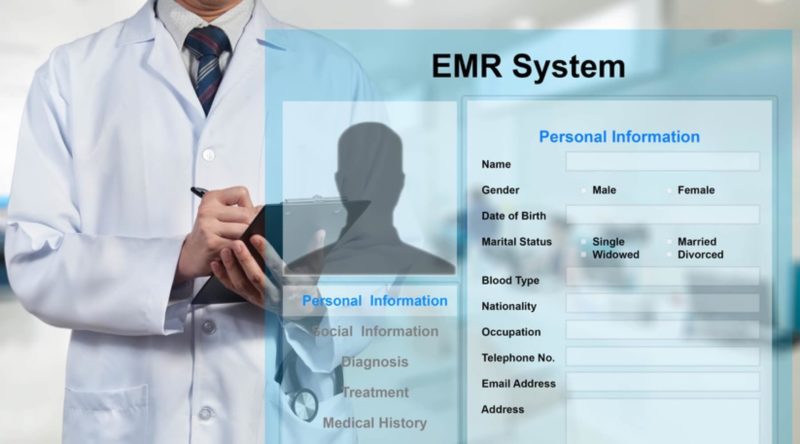These days most health practitioners use (EMR) Eelectronic Medical Records software to handle the records of their patients. It is basically a software platform where systematized collections of patients and populations are electronically stored in a digital format.
Having Prescription solutions in EMR can help you enhance the patient’s outcomes besides helping you save both time and money.
However, choosing the correct EMR software for your medical practice may be challenging but definitely an important task. So continue to read this article until the end to assist yourself in selecting the best Electronic medical record for your needs.
- Understand your needs
The first stage of choosing the electronic medical record is to determine your present needs besides the expertise of your practice. As not all practices are the same, there are always possibilities of some type of similarities.
In this case, try to determine the highest priority requirements and connect them to the characteristics of the EHR that meet them in the best way.
Also know that the bigger the practice would be, the more requirements you will have. On the other hand, make sure to determine the future needs as your company would be expanding.
- Choose a certified EHR system and examine its architecture
In the second step, you need to choose a certified EHR system and then examine its architecture. Make sure that the developer you are choosing can create an Electronic medical record (EMR) using an on-site computer server or a cloud service.
However, do not make the mistake of neglecting your practice in this course. When you choose an on-site computer server, you would get a chance to control the medical health records as it offers central storage.
It also makes meeting HIPAA security requirements easy. When choosing the cloud-based EHR system, you can access the medical records with the help of the internet.
- Consider the features
Now you need to go through the characteristics that the E-prescription Solution in EMR is offering. This is simply because you would not want to hamper the proper records management.
When choosing EMR make sure that it has features including – scheduling sections, appointments management, submission of patient information without difficulty, and so on.
Besides that, make sure that smart workflows like real-time record keeping features, responding to patient’s messages, reviewing patient’s history and others are possible with the platform.
- Ask for a demo
When talking to a service provider, remember not to hesitate and ask for a demo instead. It is possible that they might have shown you some, but that does not give you the ticket to choose them.
However, it is suggested that you ask them to show how the features work and how the team is reviewing the demo. On the other hand, do not make any decision on the very first day of getting access to the demo.
Rather take your time to highlight the needs that you would want your Electronic medical record to have. Then check if those features are present or not to make any decision.
- Do not ignore the client reviews
It is quite easy to predict that you may not be the first one choosing to use a particular system from a service provider. There may be hundreds or thousands of clients that a particular service provider may have worked with.
So before you finalize the deal, make sure to check the client reviews thoroughly. Doing this will help you get clear insights into the functions and performance that the E-prescription Solution in EMR, comes with.
You can even choose to talk to the previous clients personally to know their experience. Lastly, choosing to use Google to get reviews is also a great idea to consider.
Pick the right type of EMR software today!
As there are multiple options available in the market, choosing the right type of Electronic medical record can be a daunting task.
This is when you can count on Purpledocs which is a leading platform for patient record management.
They allow you to relax while they keep the healthcare data secure, analyzable, and accessible besides improving the patient’s care.







